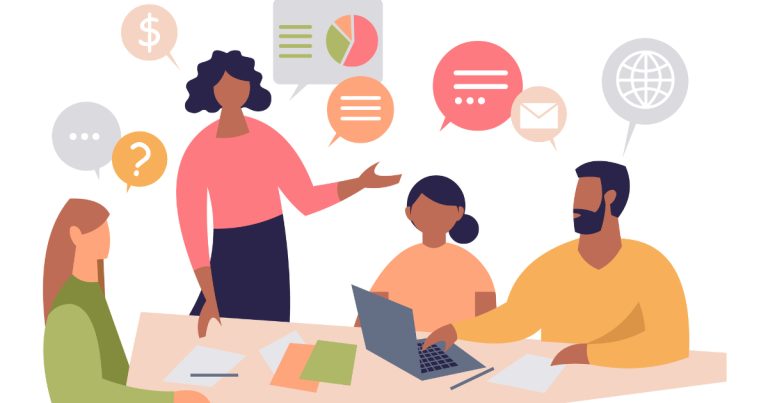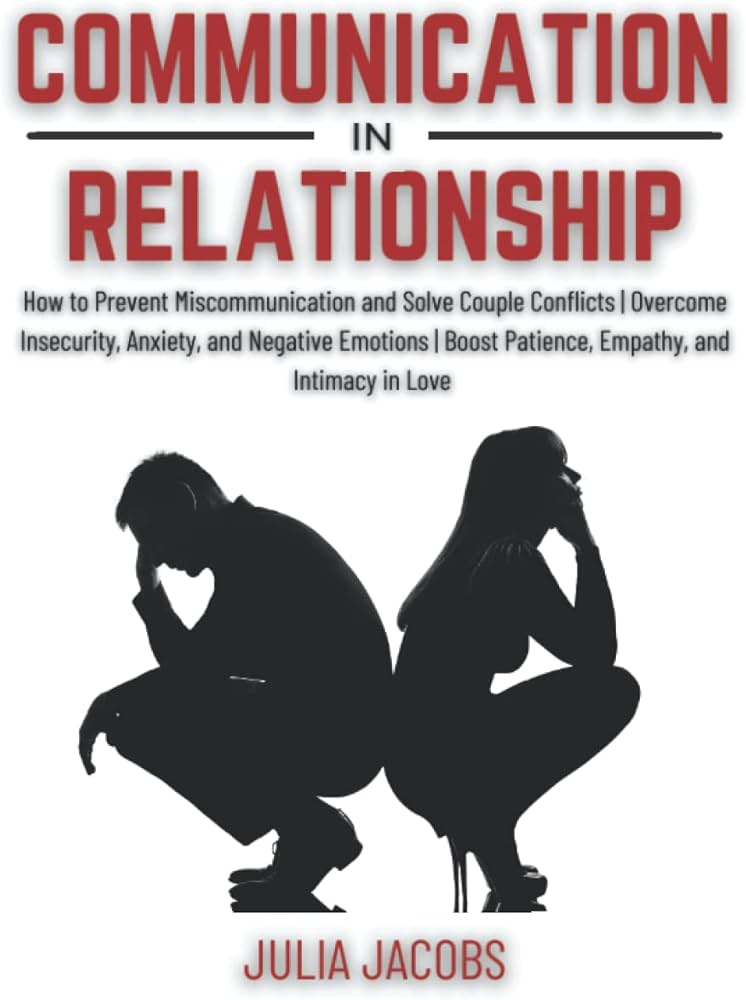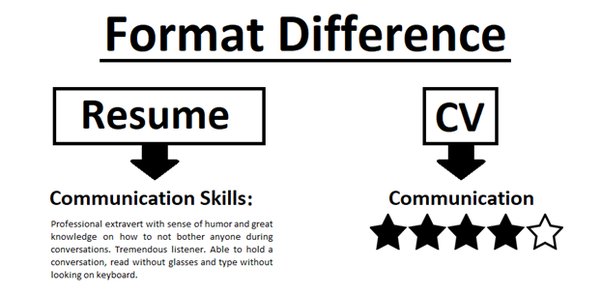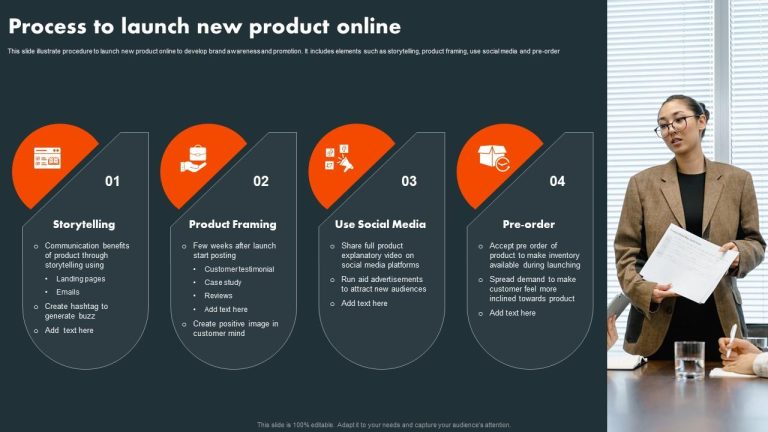Thinking Errors In Communication: Avoiding Common Pitfalls
Thinking errors in communication disrupt our understanding. They lead to misunderstandings.
These errors affect relationships, work, and personal interactions. Miscommunication can come from many thinking errors. These errors change how we interpret messages. They often result in confusion or conflict. Recognizing these errors is key to improving communication skills. Once identified, we can work on clearer communication.
This improves how we connect with others. Understanding thinking errors helps us avoid common pitfalls. It makes our conversations more effective. Let’s explore these errors and learn how to overcome them. Doing so can enhance our interactions. It can make our communication more precise and meaningful.
Misinterpretations
Misinterpretations in communication can lead to confusion and misunderstandings. They occur when messages are not received as intended. This can happen due to language barriers, cultural differences, or personal biases. Misinterpretations can damage relationships and hinder effective communication. Understanding common misinterpretations can help improve communication skills.
Words And Their Meanings
Words can have different meanings based on context or culture. A single word might have several interpretations. This can lead to confusion during conversations. Misinterpretations often arise when people assume common understanding. Clarifying meaning can prevent these errors. Always ask questions if unsure about a word’s meaning. Clear communication builds stronger connections.
Non-verbal Signals
Non-verbal signals play a crucial role in communication. Gestures, facial expressions, and body language convey messages. Sometimes, these signals are misread or ignored. For example, crossed arms can seem defensive. A smile may not always indicate happiness. Cultural differences influence non-verbal communication. Being aware of these signals enhances understanding. Observing and interpreting non-verbal cues is vital. It helps in grasping the full message.

Credit: www.marriage.com
Assumptions
Assumptions often lead to thinking errors in communication. They cause misunderstandings and create barriers in conversations. Clear and open dialogue helps overcome these errors.
Assumptions often sneak into our conversations unnoticed, shaping how we perceive and react to others. These thinking errors can lead to misunderstandings and conflicts. By becoming aware of these assumptions, you can improve your communication skills and build stronger relationships.Mind Reading
Mind reading is when you assume you know what someone else is thinking. You might believe you can predict their thoughts and feelings without them saying a word. This often leads to incorrect conclusions and unnecessary tension. Think about a time when you assumed a friend was upset with you because they didn’t reply to your message. You might have spent hours worrying, only to find out they were just busy. Instead of assuming, ask questions. Direct communication helps clear the air and prevents misunderstandings. Have you ever caught yourself believing you know what your partner is thinking during an argument? This thinking error can escalate conflicts. Next time, pause and ask for their perspective. You might be surprised by their response.Generalizations
Generalizations occur when you take a single instance and apply it broadly. This thinking error can paint an inaccurate picture of reality. It often leads to unfair judgments and communication breakdowns. Consider a situation where a colleague missed a deadline once, and you start thinking they are always unreliable. This assumption could harm your professional relationship. Try to focus on specific behaviors rather than making sweeping statements. Have you ever labeled someone based on a single interaction? A hasty generalization might have closed the door to understanding that person better. Challenge these thoughts by gathering more information before forming an opinion. Breaking free from these assumptions requires mindfulness and practice. By questioning your own thoughts and seeking clarity, you can enhance your communication and foster more meaningful connections. What assumptions are you ready to let go of today?Emotional Influences
Emotional influences can cloud judgment during communication. Feelings shape the way messages are sent and received. Misunderstandings often occur when emotions are high. Recognizing these influences can improve interactions.
Mood And Tone
Mood affects how we communicate. A good mood can lead to positive messages. An angry mood might result in harsh words. Tone reflects our emotions. It can change the meaning of words. A friendly tone invites conversation. A harsh tone can shut it down. Understanding tone helps in sending clear messages.
Stress And Reactions
Stress can distort communication. It can make people react quickly. Quick reactions might not be well thought out. Stress can cause misunderstandings. Calm reactions foster better understanding. Recognizing stress helps in controlling reactions. It leads to smoother communication.

Credit: www.wisc-online.com
Listening Challenges
Listening is a crucial part of communication, yet many of us face challenges in truly hearing what others are saying. These challenges can lead to misunderstandings and missed opportunities. How often do you find yourself nodding along to a conversation, only to realize later you missed key points? Let’s explore two common listening obstacles: selective hearing and preconceived notions.
Selective Hearing
Selective hearing is like tuning a radio to your favorite station while ignoring all others. It’s when you only hear what you want, overlooking other important details. This often happens when you’re stressed or preoccupied. Imagine you’re worried about a project deadline and a colleague mentions upcoming team activities. You might only focus on the deadline, missing the chance to bond with your team.
How can you overcome selective hearing? Start by consciously deciding to listen. Put aside distractions, and focus on the speaker’s words. Repeat key points in your head or jot them down. You might find that being fully present in conversations makes them more enriching.
Preconceived Notions
Preconceived notions are assumptions you carry into conversations. They shape what you hear and how you interpret it. Picture attending a meeting with a colleague you perceive as negative. You might dismiss their ideas without truly listening. This bias prevents you from benefiting from diverse perspectives.
Challenge your preconceived notions by asking yourself: What can I learn from this person? Approach conversations with an open mind and consider all ideas, regardless of their source. You might be surprised by the insights you gain when you let go of assumptions.
Listening challenges are part of everyday communication. By actively addressing selective hearing and preconceived notions, you can enhance your interactions and build stronger connections. What steps will you take today to improve your listening skills?
Clarifying Intentions
Misunderstandings often arise from thinking errors in communication. Clarifying intentions helps prevent confusion. This process involves expressing thoughts clearly and checking if the listener understands correctly.
Clarifying intentions in communication can significantly reduce misunderstandings and enhance relationships. Often, what we think we are expressing differs from how others perceive it. By ensuring your intentions are clear, you can prevent misinterpretations and foster more meaningful interactions. ###Active Engagement
Engaging actively in conversations means being present and attentive. Listen to what the other person is saying without immediately planning your response. This shows respect and helps you understand their perspective better. Ask questions if something isn’t clear. This not only demonstrates your interest but also helps in aligning your understanding with their intent. Have you ever noticed how a simple clarification can change the entire direction of a conversation? ###Feedback Mechanisms
Establishing feedback mechanisms is crucial for clarifying intentions. Encourage the other person to share their thoughts on what you’ve said. This creates a loop where you can confirm whether your message was understood correctly. You might say, “Can you tell me what you understood from this?” This invites the other person to reflect and respond, reducing the chance of miscommunication. Have you ever tried asking for feedback during a conversation? It can be eye-opening to see how your words are interpreted. In one of my meetings, I asked a colleague what he thought I meant by a particular proposal. His interpretation was different from my intention, highlighting how feedback can bridge gaps in understanding. By incorporating active engagement and feedback mechanisms, you ensure that your intentions are not only clear but also received as intended. This approach can transform your communication, making it more effective and fulfilling. What steps will you take to clarify your intentions today?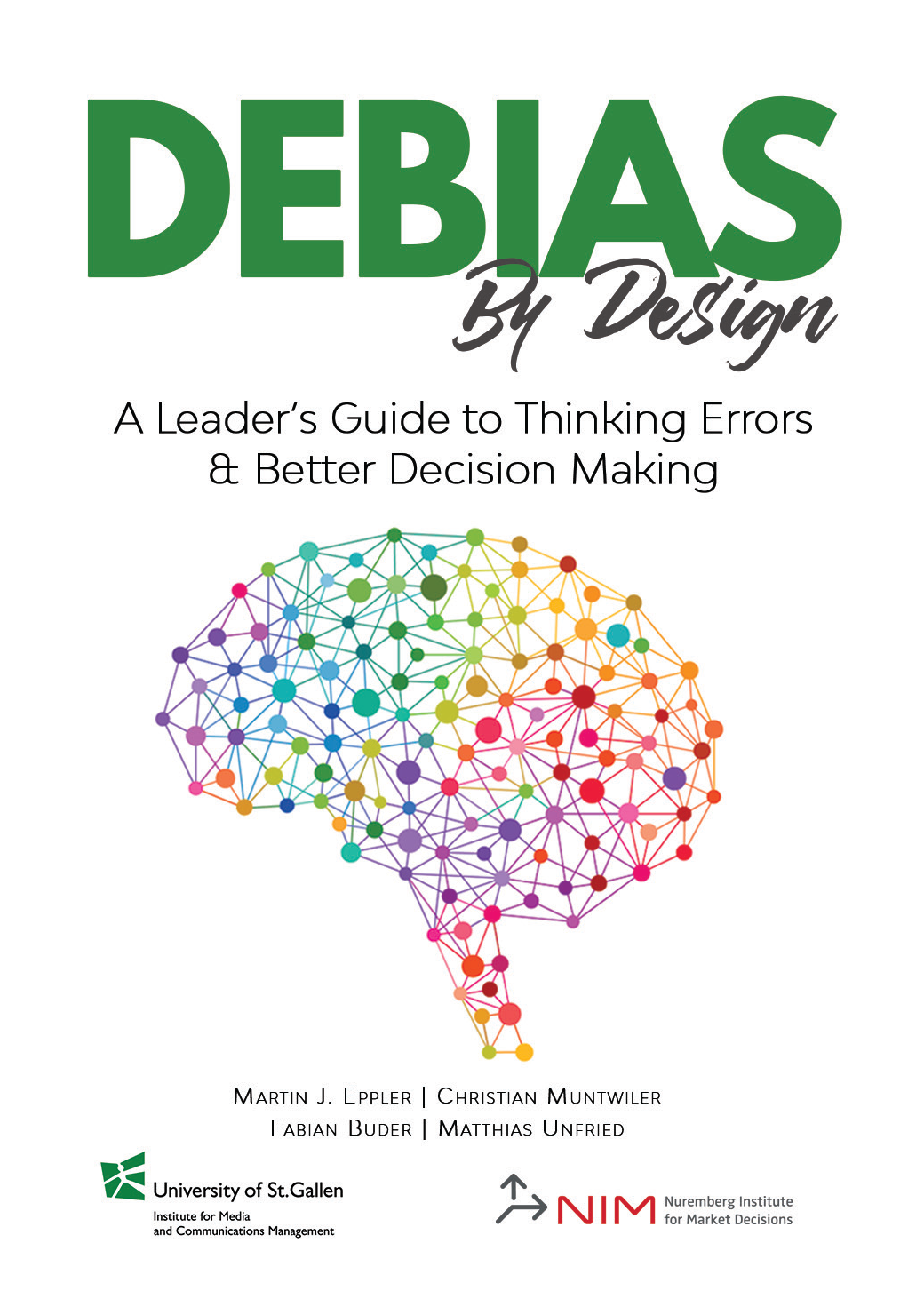
Credit: www.nim.org
Frequently Asked Questions
What Is One Example Of A Thinking Error?
One example of a thinking error is “catastrophizing. ” People imagine the worst possible outcome in a situation, ignoring more likely possibilities. This can lead to unnecessary anxiety and stress, impacting decision-making. Recognizing and challenging this pattern can improve mental well-being and promote more balanced thinking.
What Is An Error Of Thinking Called?
An error in thinking is called a cognitive bias. These biases affect decision-making and judgment. Common types include confirmation bias and overconfidence bias. Understanding these can improve critical thinking skills. Recognize these biases to enhance problem-solving abilities and make informed decisions.
What Causes Thinking Errors?
Thinking errors arise from cognitive biases, stress, trauma, mental health issues, and lack of information. These distort perceptions and judgments.
Conclusion
Recognizing thinking errors in communication boosts understanding and connection. Misinterpretations often cause confusion and conflict. Clear communication requires awareness of these common errors. Practice active listening and empathy. They help reduce misunderstandings. Addressing thinking errors improves relationships and teamwork. Everyone benefits from effective communication skills.
Remember, patience and practice make perfect. Small steps lead to big improvements. Be mindful and open to feedback. It enhances communication experiences. Keep learning and improving your skills. Your efforts will bring positive results. Good communication creates harmony and trust.
Stay committed to clear, thoughtful exchanges. They build strong, lasting connections.

